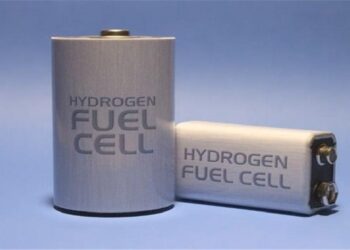After nine months of investigations into the issues surrounding the incidents – an underground vehicle fire on 5 February and a radiological release on 14 February – the New Mexico Environment Department (NMED) has issued two administrative compliance orders (ACO) detailing the violations it has identified.
NMED noted in its statement that its findings confirmed the existence of “major procedural problems” that contributed to the events, as well as a “less than adequate” response. The first ACO identifies a total of 13 violations at WIPP, and imposes penalties of $17,746,250. The second identifies 24 violations at LANL, resulting in civil penalties of $36,604,649. Federal funding earmarked for environmental cleanup or operational needs at LANL and WIPP cannot be used to pay the penalties.
Violations recorded against WIPP included failing to maintain and operate the facility “to minimize the possibility of a fire which could threaten human health or the environment,” as well as failures in reporting of the incident, personnel training and implementation of contingency plans. Violations at LANL included failures to secure the necessary permits before treating wastes as well as a failure to “exercise reasonable and necessary precautions” during unauthorized storage and treatment of wastes so as to prevent reactions that could lead to “extreme heat, gas pressure, fire, explosions or dangerous chemical reactions”. The radiological release is believed to have been caused by an exothermic chemical reaction in organic absorbent material which caused a waste drum to rupture. The drum in question had been processed at LANL before being transferred to WIPP.
NMED Cabinet Secretary Ryan Flynn said that LANL and WIPP were important facilities for New Mexico and that the civil penalties were important for ensuring their continued safe operation. “WIPP and LANL are critical assets to our economy and communities, and it’s so important that we work hard to protect their integrity and the safety of the surrounding communities,” he said.
WIPP disposes of military-origin transuranic wastes underground in rooms mined out of an ancient salt formation. The waste itself is a by-product of nuclear weapons research and production, including facility dismantling operations and site cleanup, and typically comprises tools, gloves, clothing and other items contaminated with radioactive elements. LANL provides scientific support and guidance for WIPP field operations.
The facility has been out of action since the incidents earlier this year, but limited waste disposal operations are expected to resume in 2016 under a recovery plan released in October.




































